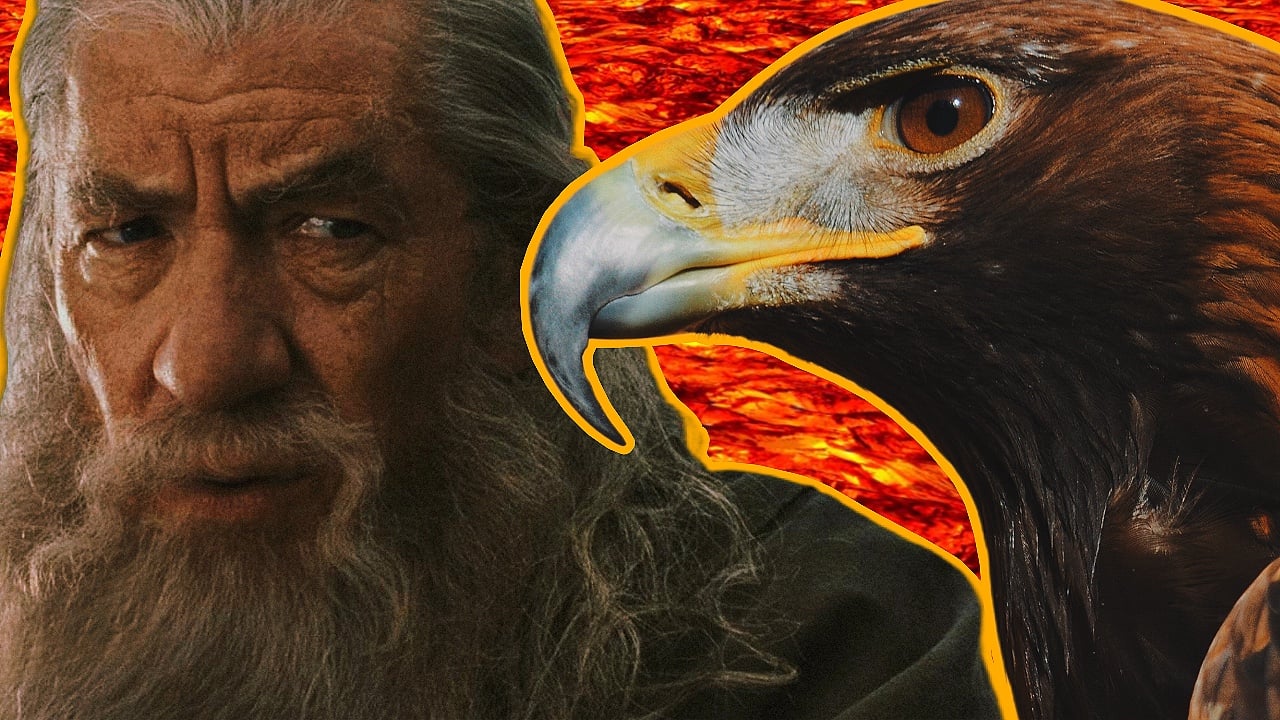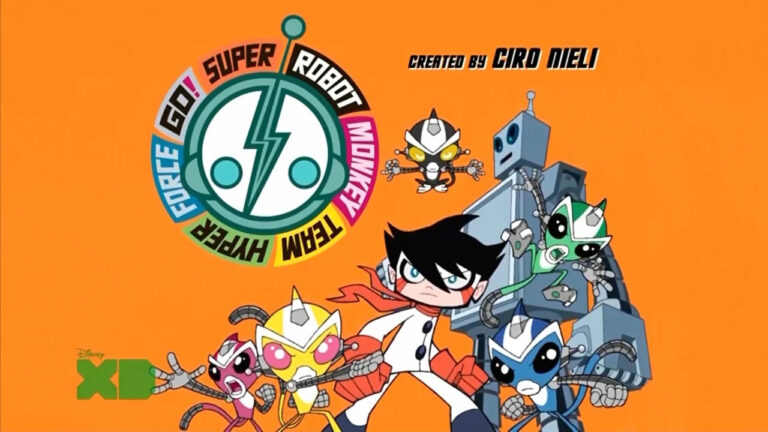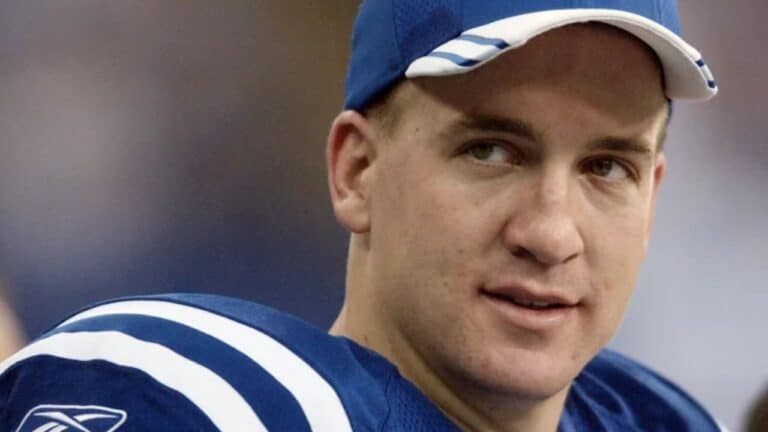13 Frustrating Movie Plot Holes That Still Make No Sense

Sometimes even the most prestigious, beloved movies have plot holes big enough for a moviegoer to walk through. Whether they are the result of an honest mistake, oversight, or lack of thinking the story through, gaping plot holes test an audience’s patience and suspension of disbelief.
Horror movies are notorious for cooking up far-fetched explanations as to how a particular boogeyman returns in a sequel, but that genre doesn’t have a corner on the plot-hole market. Award-winning films such as The Lord of the Rings, The Shawshank Redemption, Titanic, and even Citizen Kane contain head-scratching lapses in logic that don’t make a lick of sense.
Sometimes plot holes ruin the movies for viewers, while other fans politely give them a pass. How many of the following movie plot holes have you noticed?
Titanic (1997)

James Cameron’s Titanic won 11 Oscars and became the highest-grossing movie of all time soon after its release. The movie made Leonardo DiCaprio and Kate Winslet household names as Jack and Rose, respectively.
It’s not a spoiler alert at this point to reveal that the Titanic sank and many people died. In the movie, Rose floats on a door while poor Jack hangs to the edge of the debris with most of his body in the water. He of course gets hypothermia and dies — sinking to the bottom of the Atlantic.
Why couldn’t Rose have just moved over and gotten skinny Jack out of the water? There seemed to be room on the makeshift raft for both young lovers. Yeah, we get it — it’s not a tragic romance if she moves over a few inches and Jack lives, but come on!
The Lord of the Rings: The Fellowship of the Ring (2001)

Peter Jackson’s first chapter of The Lord of the Rings sets up the story of how Frodo (Elijah Wood) and his fellowship will journey to Mount Doom and toss the magical One Ring into its fiery interior.
J.R.R. Tolkien creates a magical mythology of Middle-earth in The Lord of the Rings — a world filled with hobbits, elves, dwarves, talking trees, and giant eagles. Tolkien’s novel as well as Jackson’s movie would have been much shorter if Frodo simply flew on a giant eagle all the way to Mount Doom and destroyed the One Ring. Mission accomplished!
It’s akin to all life on Earth depending on you getting across the country to a distant city and you deciding to walk instead of booking a Delta flight.
Citizen Kane (1941)

Orson Welles’ Citizen Kane is considered one of the greatest movies of all time, but that doesn’t exclude it from having a plot hole — and a pretty major one at that.
Everyone in Citizen Kane loses sleep wondering what “Rosebud,” the last word uttered by wealthy newspaper publisher Charles Foster Kane, means (spoiler alert: it’s the name of his childhood sled). Since the whole plot hinges on the mystery of Rosebud, it would make more sense if any other character in the movie — even a servant or talkative parrot — were around to hear Kane whisper the word on his deathbed, but he died alone. Make it make sense, Mr. Welles.
Halloween (1978)

In John Carpenter’s seminal slasher film Halloween, a young Michael Myers kills his older sister, sits in a sanitarium for 15 years, and then escapes on Halloween night to return to his hometown of Haddonfield, Illinois to carve up some teenagers.
If Michael Myers was 6 when he killed his sister and 21 when he escaped from a mental hospital, how did he manage to steal a car and drive to Haddonfield after spending 15 years in a near-catatonic state?
When Michael’s doctor, Dr. Samuel Loomis (Donald Pleasence), is asked by another doctor how Michael escaped if he doesn’t even know how to drive, Loomis snaps, “He was doing very well last night! Maybe someone around here gave him lessons.”
Signs (2002)

M. Night Shyamalan’s Signs is about a former priest (Mel Gibson) who discovers crop circles on his farm and other evidence of an imminent alien invasion.
Love them or hate them, Shyamalan’s movies are known for a big “twist” in the third act. In Signs, the zinger is that the hostile alien invaders are hurt by water.
If water is so toxic to these extraterrestrials, shouldn’t they have picked another planet to invade than one with a surface covered by 71% water? Maybe the aliens should have used the E.T. version of Google Maps to check out Mercury, Venus, or even the Moon instead.
Cinderella (1950)

The animated Disney film Cinderella is based on the fairy tale of the same name, so the musical fantasy has a lot of wiggle room with regard to plausibility.
Even in a fairy tale or fantasy movie, there are certain rules established by the story’s reality that have to make sense for an audience to buy it. If the magical glass slipper given to Cinderella by her fairy godmother is a perfect fit, why does it fall off in the first place? What’s more, is Cinderella’s foot size so unbelievably unique in all of her kingdom that her foot is the only one the glass slipper will fit?
Apparently so, because the glass slipper fits perfectly on Cinderella’s dainty foot, she and the prince get married, and they live happily ever after. The end.
Independence Day (1996)

In the rousing sci-fi action movie Independence Day, hostile aliens invade the Earth and start their takeover by blowing up major city landmarks such as the White House and L.A.’s U.S. Bank Tower. Jeff Goldblum plays a satellite engineer and tech expert named David Levinson.
Although we have no problem believing Goldblum’s character is some kind of computer wizard, even the most gifted tech geek could not upload a virus to an alien computer network using a Mac like David does in the movie. Back in 1996, you couldn’t even put a floppy disk from a PC into a Mac and expect the latter to read it, so the idea of a Mac connecting seamlessly to a computer network from another star system is ludicrous.
The Shawshank Redemption (1994)

The acclaimed prison drama The Shawshank Redemption is based on a Stephen King novella. In the movie, Tim Robbins plays Andy Dufresne — a banker sentenced to life in prison for murders that he didn’t commit.
In the movie, Andy tunnels out of prison through a hole in his cell that he covers with a Rita Hayworth poster. Brilliant use of a poster, by the way, but how exactly did Andy reattach the bottom of the poster after he pulled his Houdini disappearing act? Explain it to me as if I didn’t understand how either posters or tape work.
The Karate Kid (1984)

In the beloved martial arts drama The Karate Kid, Ralph Macchio plays Daniel LaRusso — an L.A. transplant who is trained in karate by Mr. Miyagi (Pat Morita). Daniel then competes in a karate championship and defeats his arch-nemesis, Johnny Lawrence (William Zabka).
In the final match between Daniel and Johnny, it’s established that kicks to the head are prohibited and will get one disqualified. Daniel wins the match by taking Johnny down with an illegal crane kick to the head.
Macchio and Zabka reprised their roles on the Netflix sequel series Cobra Kai and even poke fun at this notorious plot hole.
Toy Story (1995)

Toy Story takes place in an animated world where toys come to life when humans aren’t looking. Tim Allen voices Buzz Lightyear, the second-favorite toy of their owner, Andy.
You would think that a movie featuring toys that come to life couldn’t have a plot hole with a premise that far-fetched, but think again. The film gets a lot of comic mileage out of the fact that Buzz refuses to accept the fact that he is, in fact, a toy and not a real space ranger.
If Buzz really believes that, then why does he freeze and act like an inanimate toy when Andy or another human enters the room? Either, deep down, Buzz knows what he is, or one of the four (!) credited screenwriters didn’t think it through.
Star Wars: The Force Awakens (2015)

The seventh film in the Star Wars Skywalker Saga features the return of some familiar characters, including Leia (Carrie Fisher), Han Solo (Harrison Ford), and Chewbacca (Peter Mayhew).
After Han Solo dies and the Resistance fighters reunite with Leia, the general straight-up ignores Chewbacca — Han’s best friend and a Wookiee she has known for decades — to give a hug to Rey (Daisy Ridley), a young woman whom Leia only met recently and is essentially a stranger. This awkward snub came across as even ruder than when Leia referred to Chewbacca as a “walking carpet” in the original Star Wars.
Back to the Future (1985)

In Back to the Future, Marty McFly (Michael J. Fox) uses a time-traveling DeLorean and is accidentally sent back to 1955. He interferes with his parents’ first meeting, which threatens his very existence. Marty has to figure out a way to get his parents together and return to the 1980s before time runs out.
It’s generally understood in time-travel movies that if you alter events in the past, the repercussions have a butterfly effect that will ripple through time. Although Marty succeeds in getting his parents back together, he returns to an altered 1980s where his parents don’t seem to notice that their son grew up to look identical to the teen in 1955 who played matchmaker to them. Wouldn’t you remember, especially if the person looked exactly like your own son?
Armageddon (1998)

In Michael Bay’s disaster film Armageddon, a large asteroid is on a collision course with Earth and threatens to destroy all life on the planet. NASA sends a team of deep-core drillers to the asteroid to plant a bomb that will destroy the giant space rock.
If a world-ending asteroid were hurdling toward Earth and NASA hatched a plan to blow it up, is it more plausible that the space agency would train astronauts to drill a hole in the rock deep enough to drop the nuke, or launch blue-collar drillers on a rocket to do the deed who have no experience in space? Bay preferred the story with everyday joes in space, so that’s what he ran with even though it makes no logical sense.





